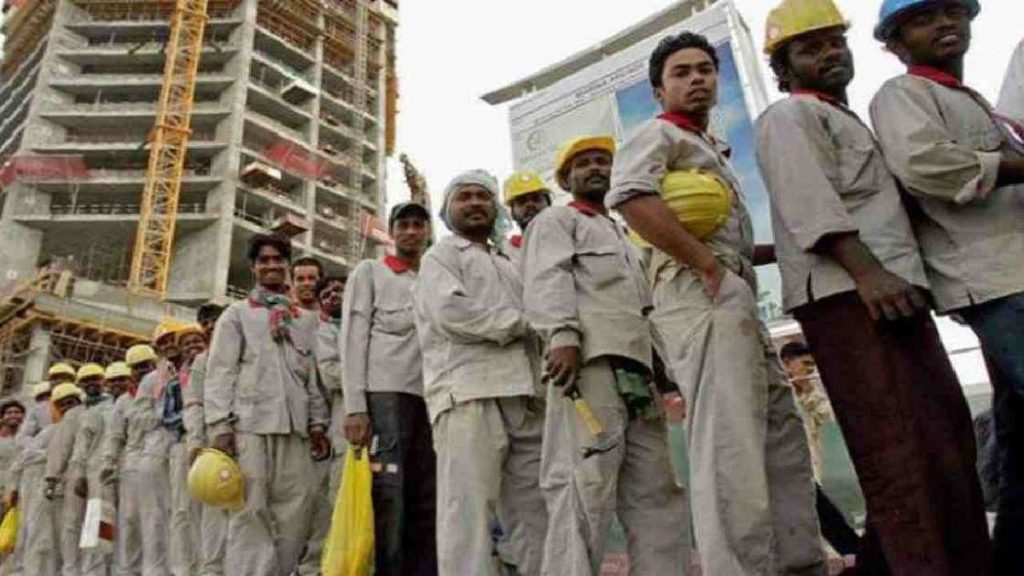Bangladesh achieved a record high in sending workers abroad in 2023, surpassing the previous year by 15%, driven by the reopening of the Malaysian market and expanded quotas in Saudi Arabia. The Bureau of Manpower, Employment, and Training (BMET) reported that 1.3 million workers found employment in 137 countries, marking a substantial increase from the 1.135 million recorded in 2022. Notably, remittance growth remained modest, with a mere 3% year-on-year increase in 2023.
The robust surge in Bangladeshi workers migrating overseas showcased a disconnect as remittances stagnated around $22 billion over the last two years. Malaysia, reopening its labor market after a four-year hiatus, emerged as the second-largest employer of Bangladeshi workers globally, following closely behind Saudi Arabia. The increased quota for Bangladeshi workers in Saudi firms, raised from 25% to 40% in 2021, significantly contributed to enhanced hiring opportunities.
Saudi Arabia led in recruiting the highest number of workers in 2023, reaching approximately 498,000, constituting around 38% of Bangladesh’s total foreign employment. The roles primarily included construction workers, cleaners, masons, plumbers, and drivers. Despite the success story, challenges arose as workers, especially in Oman, Saudi Arabia, and Malaysia, faced difficulties due to fake job offers and higher migration costs compared to government-fixed rates.
The remarkable achievement in overseas employment had a positive aspect with a surge in non-traditional destinations. Italy became the largest non-traditional destination, recruiting workers for agriculture, hospitality, and manufacturing. The UK and South Korea also joined as major employers, reflecting a diversification in migration patterns.
The increase in non-traditional destinations contributed to a 22% rise in skilled worker migration, surpassing the 2022 mark. However, unskilled migration continued to dominate, constituting 50% of total foreign jobs. Skilled migration accounted for approximately 25%, with professions such as drivers, caregivers, domestic staff, and hospitality personnel leading the way.
Migration experts and bankers attribute the disparity between overseas employment and remittances to the prevalence of low-skilled occupations, the use of illegal money transfer channels (hundi), and fraudulent job offers. Despite challenges, recruiting agencies emphasized their adherence to legitimate demand, emphasizing the multiple stages of review and verification undertaken before workers are sent abroad.
BMET officials acknowledged the small number of workers facing challenges in securing employment abroad compared to the overall migrant population. The government’s efforts to diversify migration patterns and address discrepancies in remittance growth are anticipated to shape future policies in the overseas employment sector.
